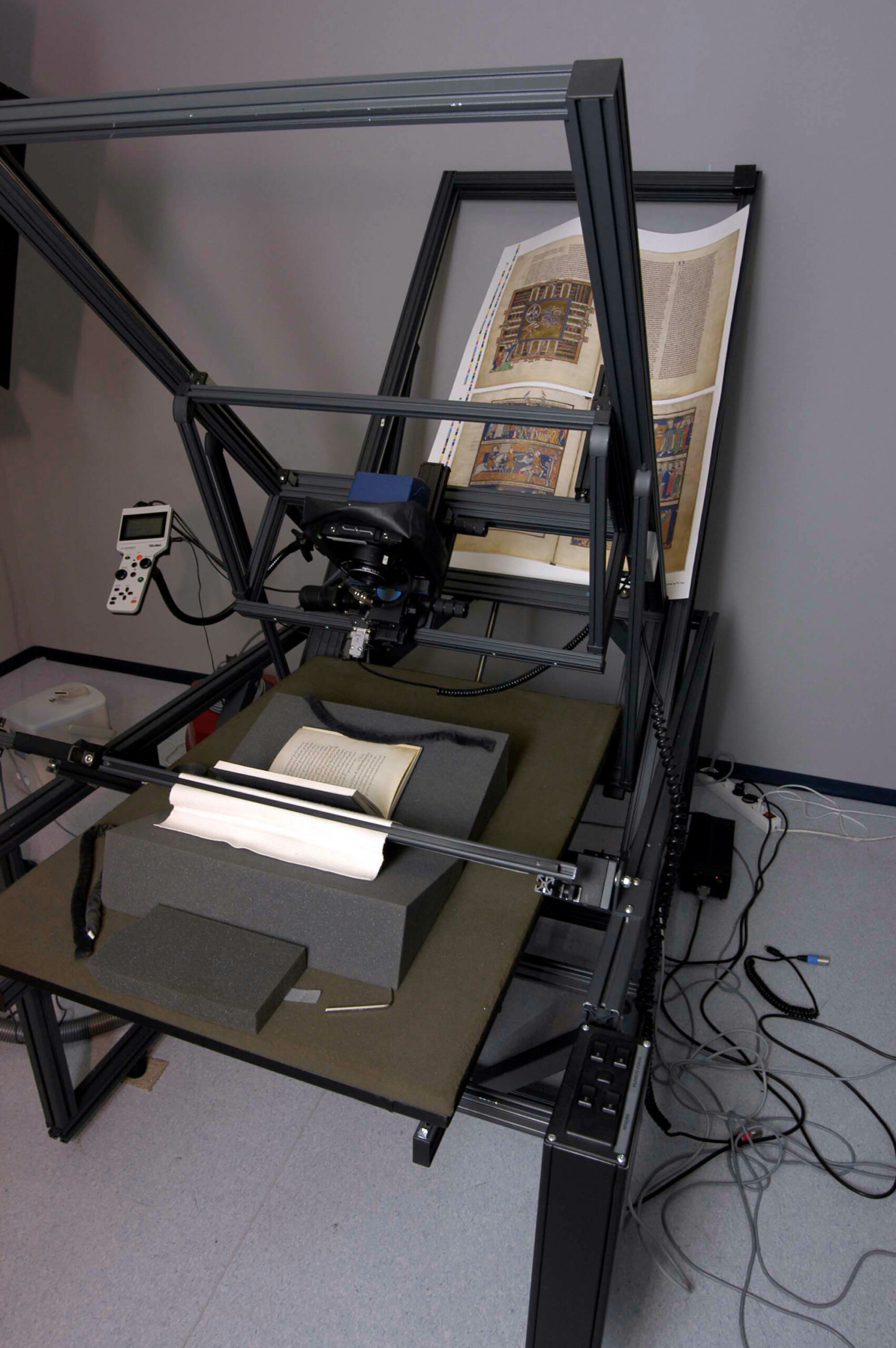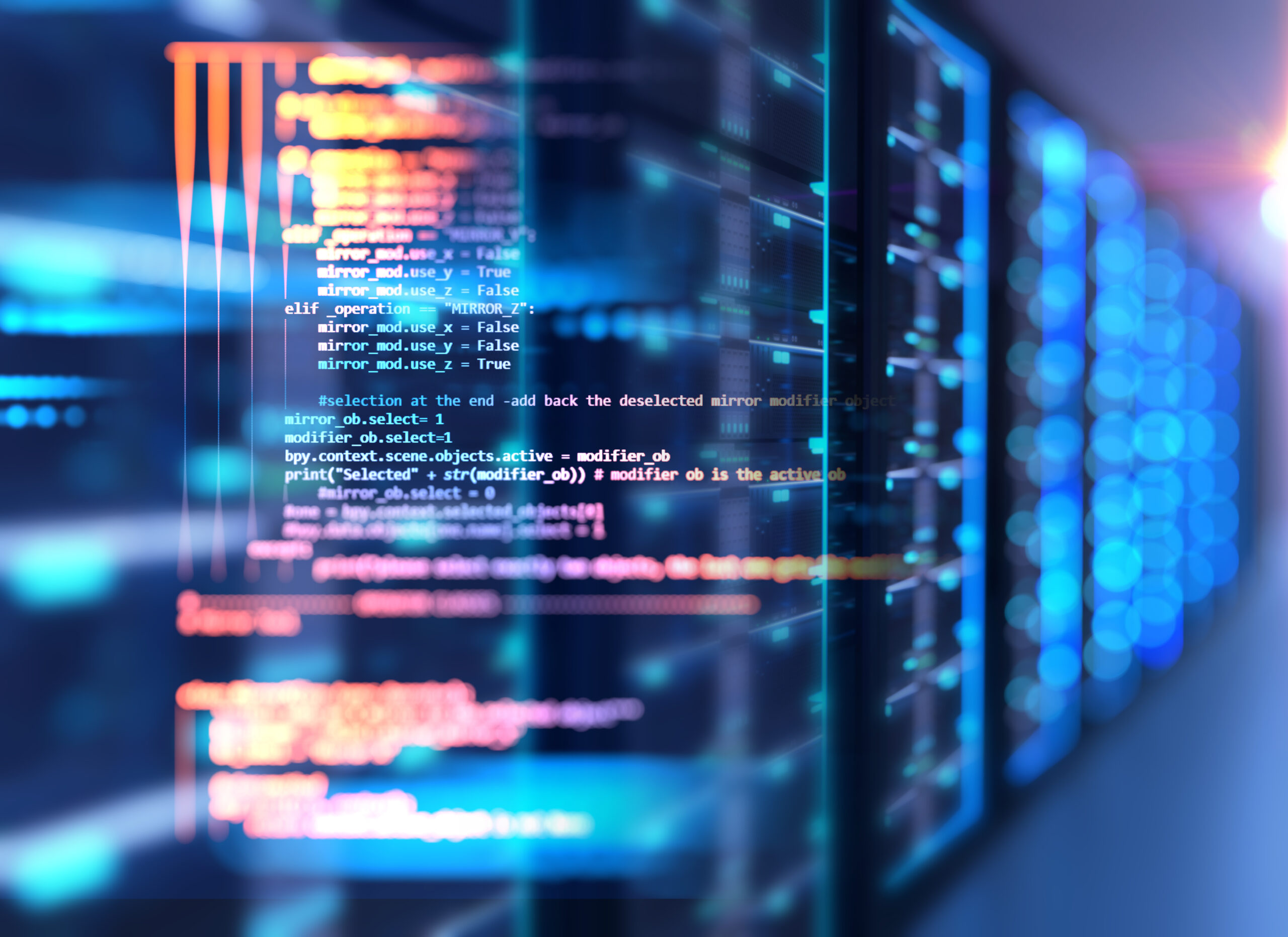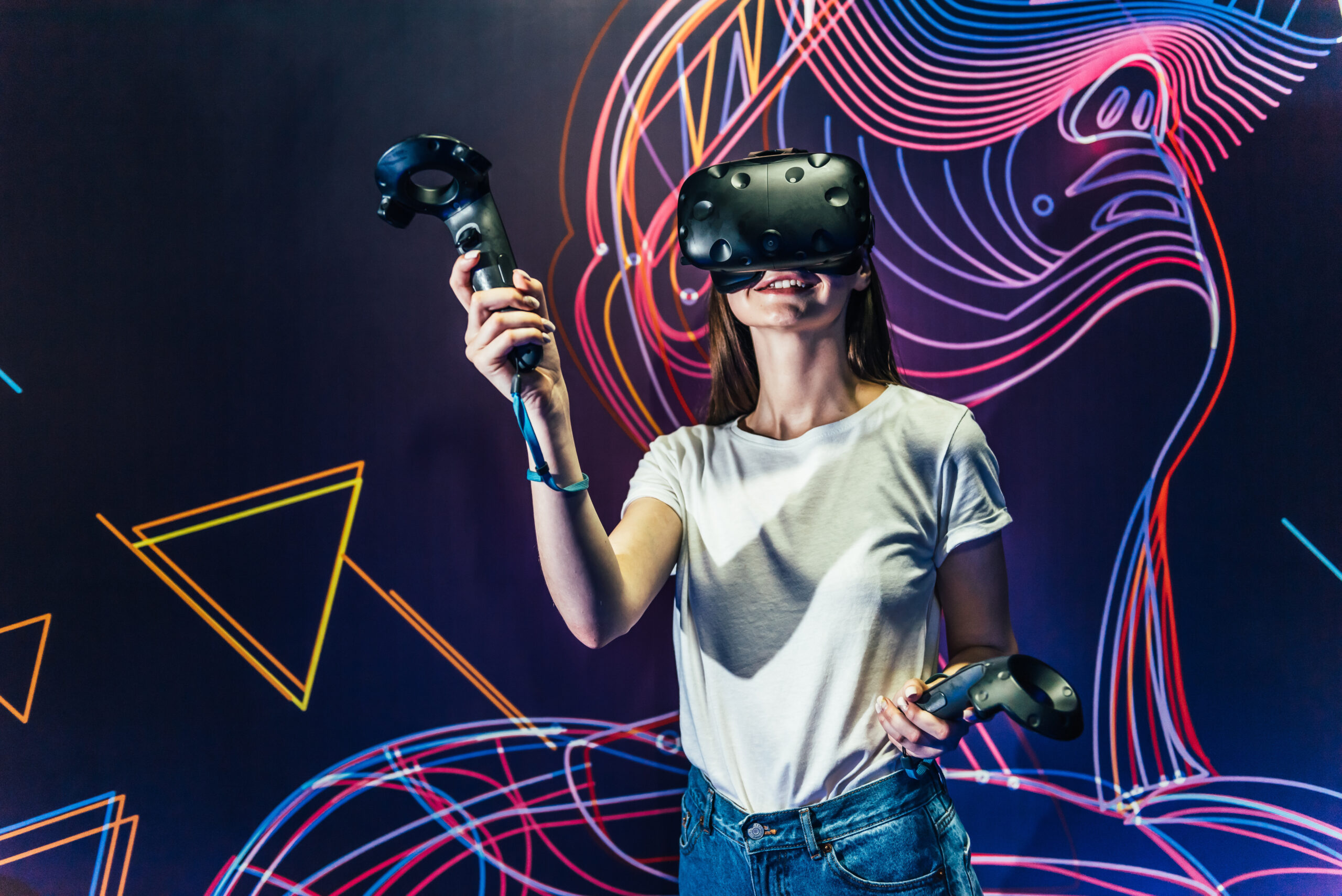DARIAH-PL Digital Research Infrastructure for the Arts and Humanities
DARIAH-PL is a development project carried out by the largest consortium of humanities in Poland with an objective to build a research infrastructure of digital humanities Dariah.lab.
The aim of the infrastructure is to expand the scope of research in the humanities and the arts in Poland, both in the purely scientific context, as well as in the area of applications in the economy.

News
Project Completion
January 10, 2025DARIAH-PL Project Completion The 3-year-long DARIAH-PL project came to an end at the end of 2023. Its result is the Dariah.lab infrastructure, which includes a number of resources developed and […]
moreProject CompletionSeason for Digital Humanities
November 6, 2023Open Seminar “Season for Digital Humanities” “Season for Digital Humanities” seminar will take place on November 21-22, 2023 in Poznan. During the seminar Poznan-based partners of the project’s consortium – […]
moreSeason for Digital HumanitiesDARIAH-PL Project Final Conference
October 13, 2023DARIAH-PL Project Final Conference The final conference of the DARIAH-PL project will take place on October 18-19, 2023 in Poznań. The event will provide an opportunity to summarise the project’s […]
moreDARIAH-PL Project Final ConferenceDigital documentation of Palace in Turew
August 21, 2023Digital documentation of Palace in Turew High-quality digital photography equipment purchased for Dariah.lab has already found its first application. It was used by the team from PSNC’s News Media Department […]
moreDigital documentation of Palace in Turew“Kaliszanin” – digital collection of a XIX-century periodical on Researcher’s Desk
June 29, 2023“Kaliszanin” – digital collection of a XIX-century periodical on Researcher’s Desk On June 22, Adam Asnyk Municipal Public Library in Kalisz hosted celebration of an event which was important to […]
more“Kaliszanin” – digital collection of a XIX-century periodical on Researcher’s DeskWhat guides Dariah.lab design
Digitization of cultural heritage resources
In recent decades, massive, successive digitization of cultural heritage and scientific resources has been carried out on a global scale. Countless research data of heterogeneous structure and diverse nature are being acquired. On a pan-European level, concrete steps are being taken to regulate and further support the digitization and preservation of tangible and intangible cultural heritage in its broadest sense.

FET2 Flagships – Time Machine
The largest initiative undertaken in the field of digital humanities at the European level in terms of infrastructure is the project prepared under FET2 Flagships – Time Machine. The ambitiously outlined project involves the development of a large-scale digitization and computing infrastructure mapping millennia of European historical and geographical evolution, transforming kilometers of archives, large museum collections and other geohistorical datasets into a distributed digital information system.

Virtual reality modeling
The idea which guides this project establishes a new model for conducting R&D activities. By dissolving the boundaries between ICT development and the humanities and social sciences, this innovative project has the potential to impact key sectors of the European economy: the IT industry (especially technological solutions related to virtual reality modelling), the creative sector, education or tourism. Moreover, it activates new directions of exploration in architecture and urban planning, supporting the real development of modern solutions in city planning.

Functionality
data storage characterized by availability, searchability and interoperability in accordance to FAIR principles

source data enrichment by processing source content to generate machine interpretable representations and metadata enrichment
data integration and consolidation that involves semantic discovery of new connections and relationships between stored information

interactive data analysis including multi-criteria data analysis and detailed interpretation, additional processing and interaction with data

data visualization using advanced tools and systems to work with audiovisual materials and to present the results of this work in a form attractive to a wide audience








